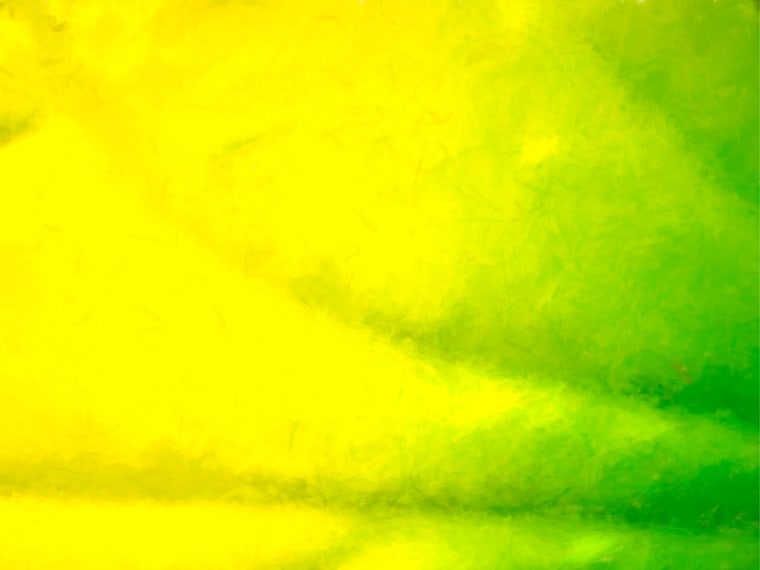Are you wondering what color green and yellow make when mixed? Whether you want to make a piece of art or test color mixing, today you’ll learn what color you get when you mix yellow and green.
Yellow is a primary color in the RGB color space. On the other hand, green is a secondary color produced by mixing blue and yellow.
So mixing green and yellow is like blending one part blue with two parts yellow. Cool, huh? Let’s find out what color do green and yellow make when mixed.
What Color Do Yellow and Green Make with Paint?
When yellow and green paint are mixed, the color produced is yellow-green, which is an intermediate color. This color is also known as chartreuse. Furthermore, it is situated between yellow and green on the color wheel.
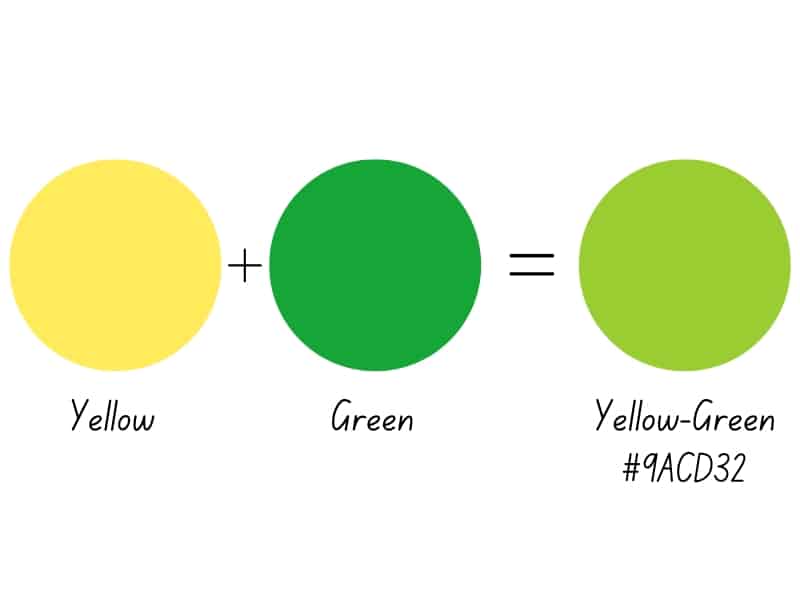
If you add more green or yellow to this mixture, you will get different shades of yellow-green.
What Are Intermediate Colors?
Although many people consider chartreuse a tertiary color, in traditional art, things are different. Intermediate colors result from mixing a primary with a secondary color. Tertiary colors, on the other hand, are mixtures of two secondary colors.
Yellow-green, or chartreuse, is a mix between the primary color yellow and the secondary color green. Thus, it is an intermediate color and not a tertiary color.
Intermediate colors are mixtures between a primary and an adjacent secondary color. Thus, there are six intermediate colors on the traditional color wheel.
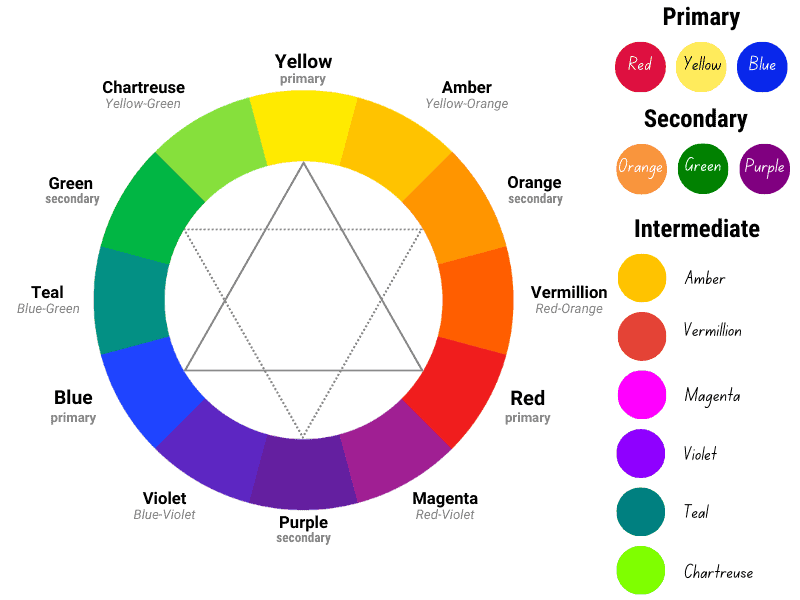
Intermediate colors are yellow-green, yellow-orange, red-orange, red-violet, blue-violet, and blue-green. However, people refer to these using shade names.
- Yellow-green: Chartreuse
- Yellow-orange: Amber
- Red-orange: Vermillion
- Red-violet: Magenta
- Blue-violet: Violet
- Blue-green: Teal
When working with paints and opaque pigments, these intermediate colors result only from mixing a primary color with a neighboring secondary color.
So you can’t mix a primary color with any secondary color to get an intermediate color.
For example, mixing red and green results in brown. Mixing orange and blue will produce another shade of brown.
This is because these mixtures actually use all three primary colors. So, for example, orange is a mix of red and yellow, and when you mix orange and blue, you combine all three primary colors: red, yellow, and blue.
Tertiary colors, on the other hand, are created by combining two secondary colors, such as orange, green, and purple.
Combining two secondary colors is the same as combining all the primary colors. Let’s take green and purple as an example. Green is made of blue and yellow, while purple is made by mixing blue and red. Thus, mixing blue and purple is actually a blend of the three primary colors.
However, muddy shades ranging from brown to gray are produced when two primary complementary colors are combined.
If you want to learn more, visit this color mixing guide.
Mixing Different Types of Yellow-Green
Yellow-green can be mixed in different ways. So, depending on the proportions of paint used in the mix, you can get lighter or darker shades of yellow-green.
Here’s an infographic answering the question, “What color do green and yellow make when mixed?” As you can see, different shades of yellow-green will result depending on the paints you use.
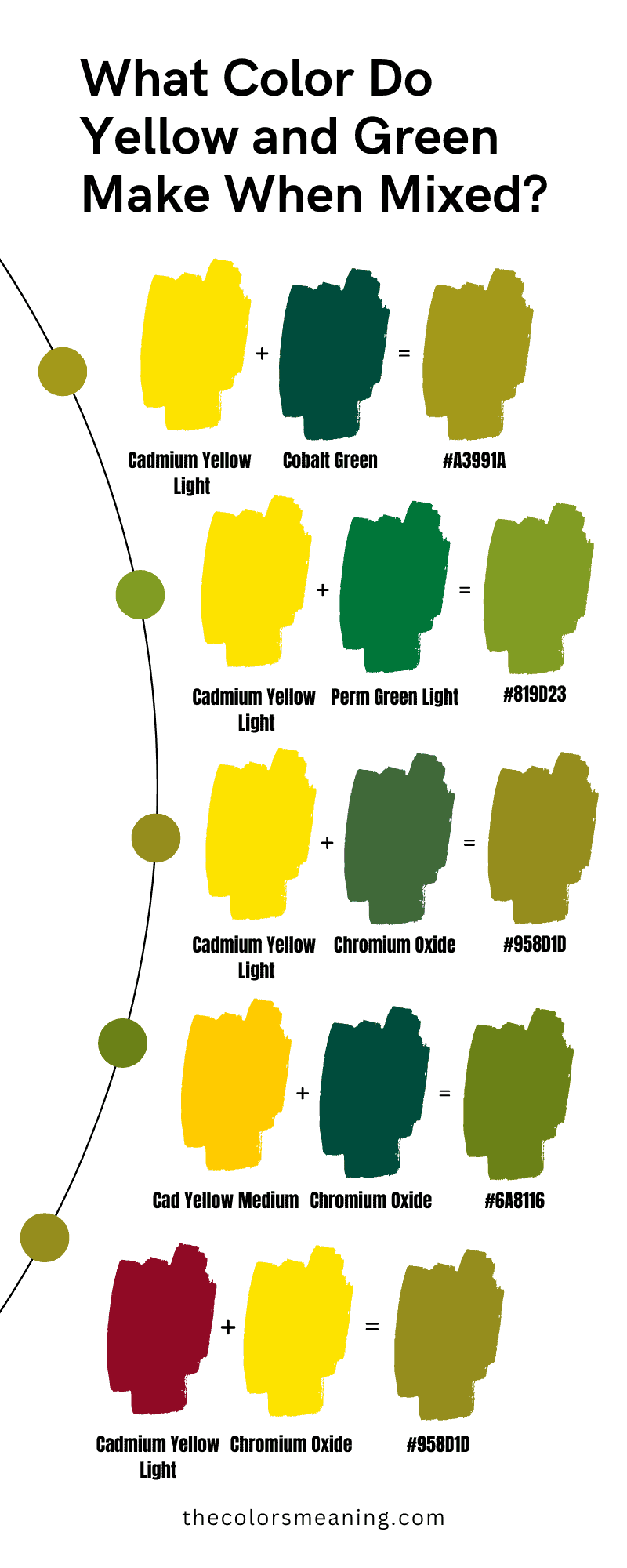
As a result, yellow and green make different yellow-greens. But how do you combine a lighter and darker yellow-green? If you have the above-mentioned paints, you can make the mix shown in the infographic. Otherwise, you can use the tips below to lighten or darken the shade.
Mixing a Lighter Yellow-Green
To get a lighter shade of yellow-green, you can add more yellow to the mix. You can also add white until you get the desired shade of yellow-green.
Mixing a Darker Yellow-Green
To mix a darker yellow-green, add more greens to your mixture. Alternatively, you can also use a little black. Be careful, though, as black is very strong and a little paint can change your color dramatically.
What Does the Color Yellow-Green Mean?
Yellow-green represents growth, cheerfulness, enthusiasm, happiness, and youth.
Yellow-green, like a light shade of green, is associated with the vitality of spring. Furthermore, it is linked to nature.
Some people, however, associate yellow-green with illness, jealousy, and cowardice.
Can You Mix Colors to Create Yellow and Green?
Yes, green can be created by mixing other colors. When it comes to yellow, things are different.
Green is a secondary color on the traditional color wheel and can be made by combining blue and yellow in equal proportions.
Yellow is a primary color in subtractive color mixing (in RYB and CMYK) and cannot be created by mixing other colors.
If you look at the CMYK color space, you will see that the other two primary colors, red and blue, can be obtained by mixing other colors.
When discussing pigments and dyes, yellow cannot be created by mixing other colors because it is a primary color in both the RYB model (used in traditional art) and the CMYK model (used in the printing world).
So, what colors can you mix to make yellow?
In the context of light, yellow is a secondary color produced by mixing red and green light.
To create yellow paint, you can mix orange with white. However, you will not get a bright yellow.
Why Mixing Green and Yellow Can Be Tricky
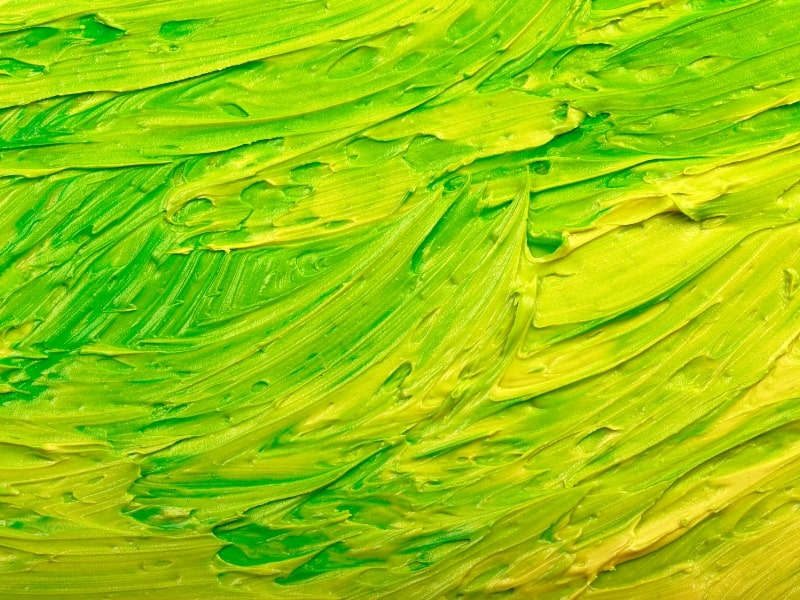
Mixing green and yellow can be more difficult than it looks. This is because most colors have color bias, meaning they lean more toward one of the two neighboring colors on the color wheel.
Thus, your yellow paint may have a green or red bias, so it may be a greenish-yellow or a reddish-yellow.
Green can have a yellow or blue bias. Thus, it may be a yellowish-green or a bluish-green rather than a pure green.
So if you mix warm green that leans towards yellow with a warm reddish-yellow (yellow that leans more towards red), you will get a different shade.
On the other hand, if you mix a cool bluish-green with a cool greenish-yellow, you’ll get a completely different shade.
This even happens if you want to make green from mixing blue and yellow. As it is difficult to find pure paints, the resulting green is likely to lean more towards blue or yellow. That means you can get a warm yellowish-green or a cool bluish-green.
What Color Do Yellow and Green Make with Lights?
When it comes to light (RGB color model), color mixing produces different colors than traditional art. This is because light uses additive color mixing, while pigments and paints use subtractive color mixing.
When yellow and green light are mixed, the color produced is bright chartreuse. This looks like yellow-green. That’s why people often refer to yellow-green as chartreuse.
Do Green and Yellow Make the Same Color in RGB and RYB?
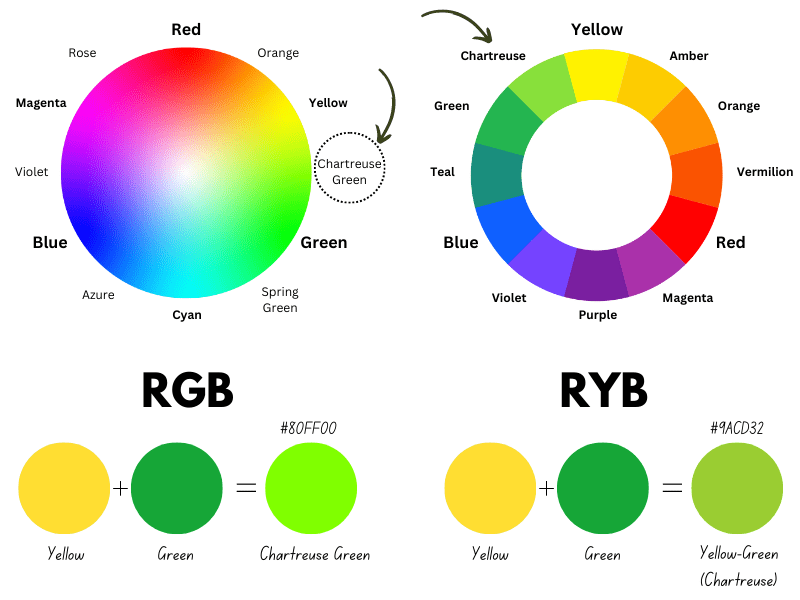
RYB is a color space used in traditional art. This classic pattern uses red, yellow, and blue as primary colors. Furthermore, it is used when it comes to mixing paints.
On the other hand, RGB is an additive color model used for mixing light. This means that it starts with darkness and gets brighter with the addition of light. It ends with white when you mix all the primary colors of the RGB space.
The primary colors of RGB space are red, green, and blue. These were chosen because a healthy human eye has three types of cones in the retina, which are the most sensitive to red, green, and blue light. [1]
When it comes to the world of printing, there is another color model called CMYK. Its primary colors are cyan, magenta, and yellow. In printing, K stands for Key, which is black. This is used to improve blackness but also to streamline the printing process.
Unlike RGB, CMYK is a subtractive color model. It starts with white, and as color is added, it becomes darker.
So RYB and CMYK are color models used in physical art, while RGB is used in everything digital.
How Do Our Eyes Perceive Color in Lights?
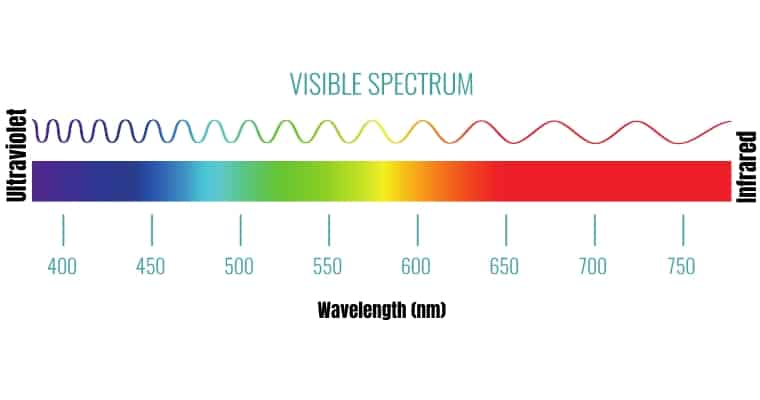
Our eyes allow us to see the world in all its colors and beauty. But how do we actually perceive color, especially in different lighting conditions?
Light is a form of electromagnetic radiation that travels in waves. These waves have different wavelengths, which determine the color of the light.
The visible spectrum of light ranges from violet to red, with violet having the shortest wavelength and red having the longest.
White light is actually a mix of all visible wavelengths of light, so when it shines on an object, the object absorbs some wavelengths and reflects others. Our brain then interprets the reflected light as a particular color after it enters our eyes.
In the case of a green or yellow object, the object absorbs all wavelengths of light except for green or yellow, respectively. This means that only green or yellow light is reflected back to our eyes, and that is why we perceive the object as green or yellow instead of white.
Is Chartreuse the Same as Yellow-Green?
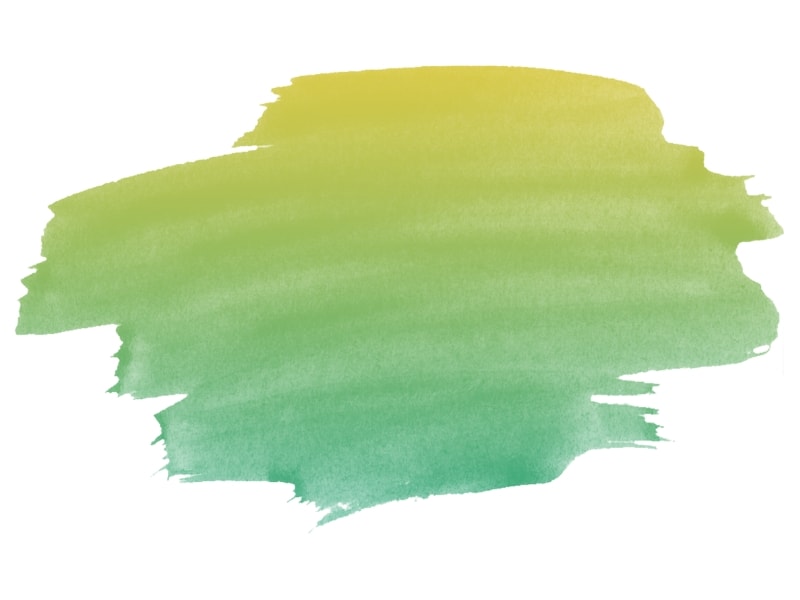
Yes, chartreuse is the same as yellow-green.
Chartreuse is also known as yellow-green because it is located on the color wheel between yellow and green. Moreover, both chartreuse and yellow-green are made by mixing green and yellow in equal proportions.
However, chartreuse is a color that comes in a variety of shades. The most popular shades of chartreuse include lime green, apple green, and light grass green.
If you’re looking for darker shades of yellow-green, you can use pear or olive.
But where does this name come from? The name chartreuse comes from the liqueur made by Carthusian monks in the 1600s. They first made this drink at the Grande Chartreuse monastery in Grenoble, France. But why is it associated with the color yellow-green?
Because there are two different varieties of Chartreuse liqueur, yellow and green. Both are made from plants and different herbs.
Using Yellow and Green in Design
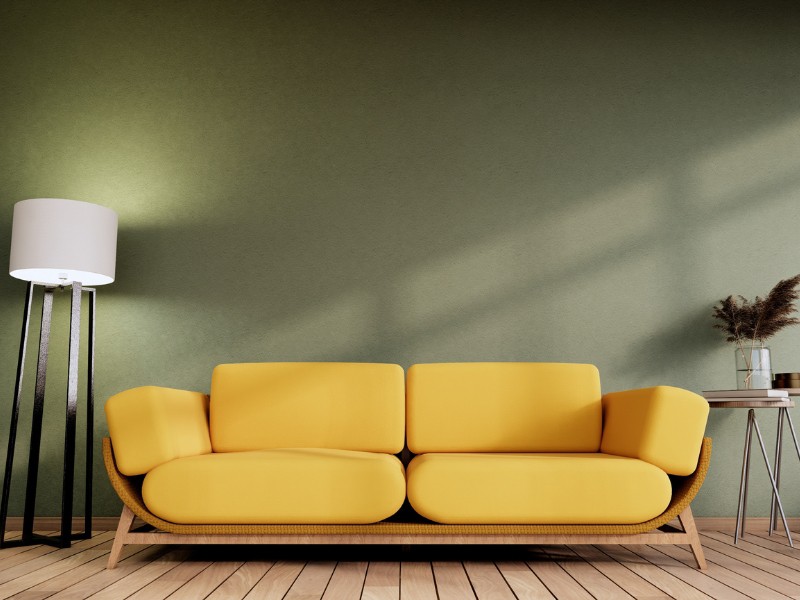
Since yellow and green are often seen on raptor and grassland fields, yellow-green takes us back to nature. So if you want to paint a spring landscape, it is really appropriate to use these colors.
If we take color harmony into consideration, yellow and green make up an analogous color palette. That’s because they are next to each other on the color wheel.
You can combine yellow, yellow-green, and green, especially if you want to use an analogous color scheme. Also, yellow-orange, yellow and yellow-green form a harmonious color palette.
Green goes well with neutrals like gray and brown, as well as vivid shades of blue, pink, or yellow. Here’s a detailed list of colors that go with green.
Yellow, on the other side, pairs well with various colors, including navy blue, purple, tan, lavender, indigo, violet, black, and white.
If you want to use complementary colors, you can combine yellow with blue and green with red.
The complementary color of yellow-green is red-violet. This means that the complementary color of chartreuse is magenta.
Final Thoughts on What Do Yellow and Green Make Together
If you mix yellow and green together, you get yellow-green. This color is also known as chartreuse. However, you can get different shades depending on the colors you use and the environment in which you mix them.
Did you enjoy this post about the color produced by mixing yellow and green? Please help us spread the word. Share this post with your friends who might be interested.

